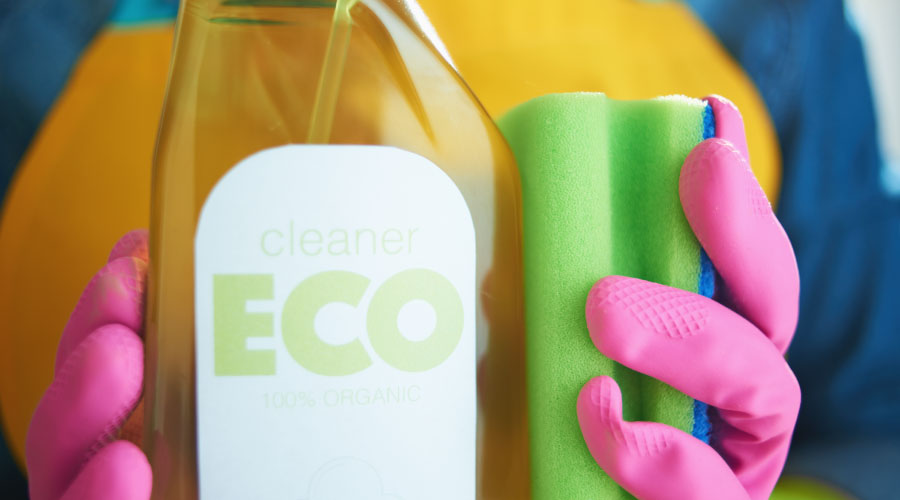Sustainable Interiors Now Part of Design DNA
"At one point, in being green you were being innovative," says Alice Hogueisson, senior vice president, U.S. director of facilities, global environmental manager with Edelman, a public relations firm with offices worldwide. "Now it's just part of everyone's DNA."
At Edelman, as in many organizations today, green considerations in what is purchased and from whom are just baked in to the process. When making interiors products purchasing decisions, there is almost always a green option. With some product categories, like carpeting, the issue isn't which is the green option, rather how to pick among the many degrees of green options.
Though it has been making the rounds for a bit over a decade or so, and most everybody's on board, green is not a "been there, done that" kind of idea. Really embracing sustainability means the work is never done. Innovations and new information are constantly becoming available. Nowhere is this truer than in commercial interiors and, as the conversation around sustainability refines, selecting the greenest chair or ceiling tile becomes a complex equation that facility managers need to balance. Here are some strategies for staying on top of sustainability options in commercial interiors to ensure your organization reaps the most benefit from these decisions.
The Right Questions
The first puzzle to confront in making sustainable choices with interior products is figuring out if you are asking the right questions. Judging a product to be sustainable often involves concepts like recycled content. But these may not be the most useful questions to be asking, says Jennifer O'Connor, president of the Athena Sustainable Materials Institute.
"If we're operating with just a checklist, we don't know if those decisions are actually delivering a greater degree of sustainability," O'Connor says. A product with recycled content contains less virgin material, but were there more emissions resulting from manufacturing the recycled content product? "We're operating on the assumption that they're better because they're using less virgin material, but we don't really know," she says.
Another example is preference for something that's local. "That policy assumes that the transportation component of a product is really, really large," she says. "But the transportation component is often one of the smallest components of the total footprint of a product. So we may be favoring a local supplier who is an incredibly dirty manufacturer for a really small benefit in the overall embodied energy."
When it comes down to deciding between Chair A and Chair B, with one having recycled content and the other all virgin materials, O'Connor says the germane information is not the quantity of recycled content, but rather what it took to make the chair, what it will take to maintain it and what will happen to it at end of life. Instead of defining green in terms of a checklist of attributes — recycled or rapidly renewable materials, for example — O'Connor says the best approach involves asking manufacturers for one thing: "I want to see your data."
And data is a facility manager's bread and butter. Where green has gotten the most traction with facility managers is in the areas where its impact is most easily measured. Interior products that conserve energy have been readily adopted. But sustainability extends beyond energy efficiency. "Where we need companies to get is understanding that there is economic benefit to other sustainability measures besides energy and water," says Mark Rossolo, director of public affairs with UL Environment. For example, by specifying products that emit few or no volatile organic compounds, indoor air quality improves, reducing absenteeism. "
Green measures beyond energy or water efficiency and their benefits are harder to quantify. "Now that every carpet is recycled and recyclable, what facility managers want to see next is what the life-cycle payback is," says James Woolum, principal and lead designer of corporate interiors jobs at HMC Architects. "Now that we're 15 years into this thing, where's the payback?
Visibility into that comes through life-cycle assessment and a subsequent environmental product declaration (EPD). An analogy is the nutrition label on foods. Instead of just saying, "this is a healthy product," the nutrition label shows the data and the consumer decides whether it's a healthy product or not. One person may care about sodium while another cares about trans fats, says O'Connor. "With an environmental label, one person cares about embodied water and other person cares about greenhouse gas footprint," she says.
Related Topics:













